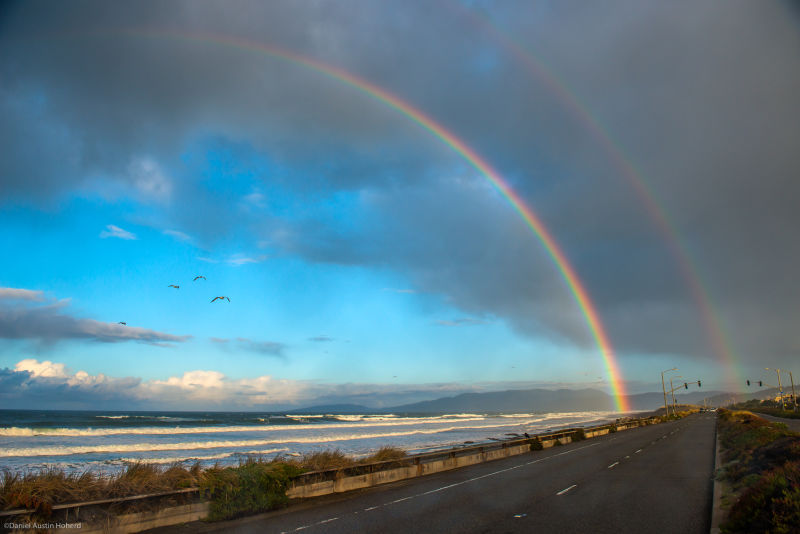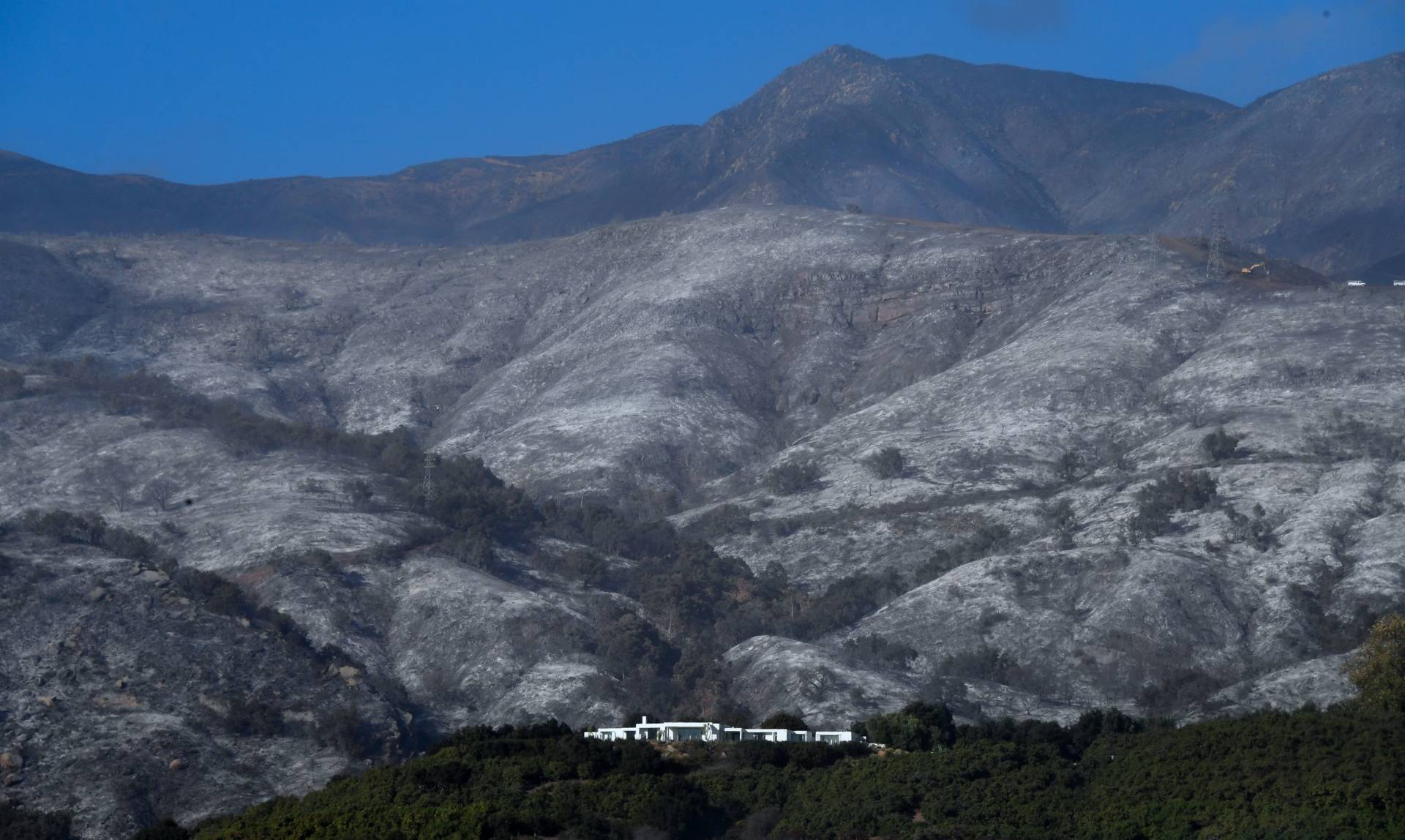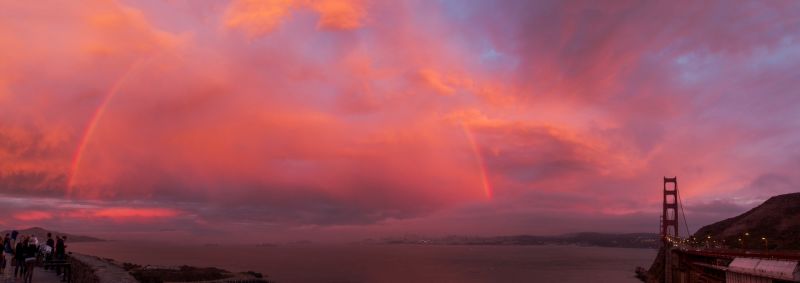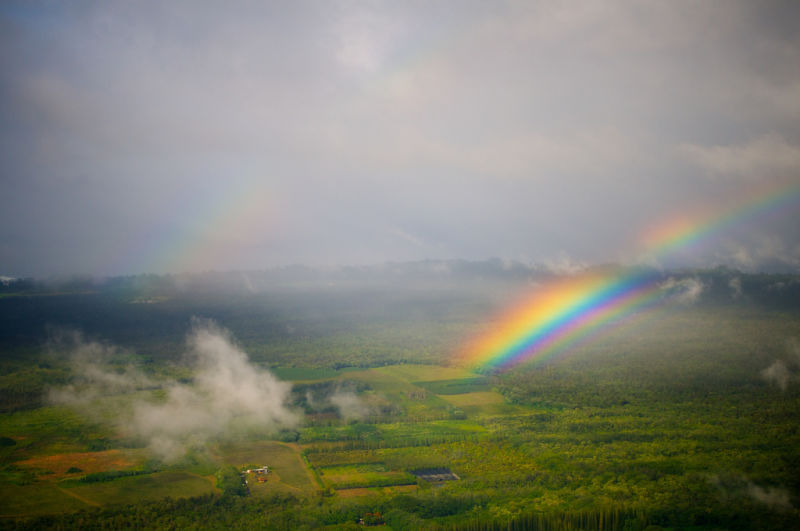Can anything new be said about rainbows? Certainly, from an artistic or literary standpoint, the possibilities seem endless. But in science as well, new ground is being broken into the nature of these enchanting symbols of hope in the sky.
French scientist Jean Louis Ricard says he’s come up with a new classification scheme that takes into account the sheer diversity of rainbow types out there. Alongside the classic 7-color banded bow (imprinted on generations of school kids by the mnemonic character ROY G. BIV), he has incorporated red bows and yellow bows, as well as rainbows with a variety of added components.
Rainbows are perhaps the best known phenomenon in atmospheric physics, but Ricard, of the National Centre for Meteorological Research in Toulouse, France, found the existing body of research wanting.
“Even though the study of rainbows can be traced back 2000 years they are still not fully understood,” he said at the recent American Geophysical Union in San Francisco.
His new system divides rainbows into 12 types and the insight he’s brought to rainbow science, if there is such a thing, is to define them by appearance rather than by the underlying physics. That may seem a backward approach for a physical scientist, but Ricard notes that doing so actually does incorporate more of the complex physical processes that go into forming rainbows.



